Common Earthball - "Scleroderma Citrinum"
Hello lovely Hiveans !
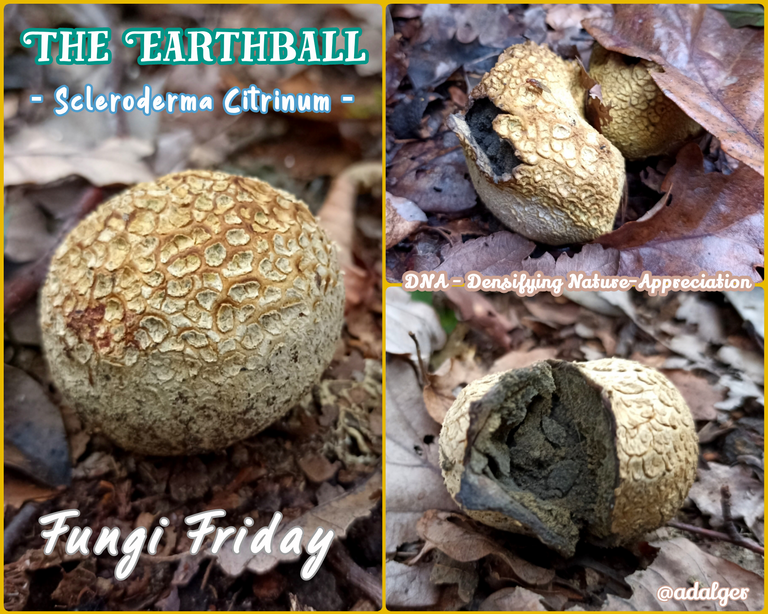
Today I have another entry for the Fungi Lovers Community and their #fungifriday initiative. For my post I choose the Scleroderma Citrinum. This special fungi belongs to the family of Sclerodermataceae, which comprise some really unusual fungi species, such as Puffballs and Earthballs. The shown species here is and Earthballm from the genus of Scleroderma and probably one of the most common funghi of the whole family.
Scientific Classification of Scleroderma Citrinum
- Kingdom: Fungi
- Division: Basidiomycota
- Class: Agaricomycetes
- Order: Boletales
- Family: Sclerodermataceae
- Genus: Scleroderma
- Species: Scleroderma Citrinum
Distribution of Scleroderma Citrinum
As I said, the Scleroderma Citrinum is one of the best known fungi of the whole family. One reason for this is, that he has a cosmopolitan distribution behavior and can be found throughout all continents on earth, with exception of the Arctic and Antarctic regions. Thereby this fungus is especially well distributed throughout the United Kingdom and Northern Europe in genreal. This fungus can be mainly found in forests, including deciduous, mixed and coniferous forests. Thereby it favors biotopes such as roadsides and bushes, which makes them easy to spot. As it is known for his saprotrophic nutrition behavior, it also grows near dead wood. Thereby, they can be found from July until Dezember.
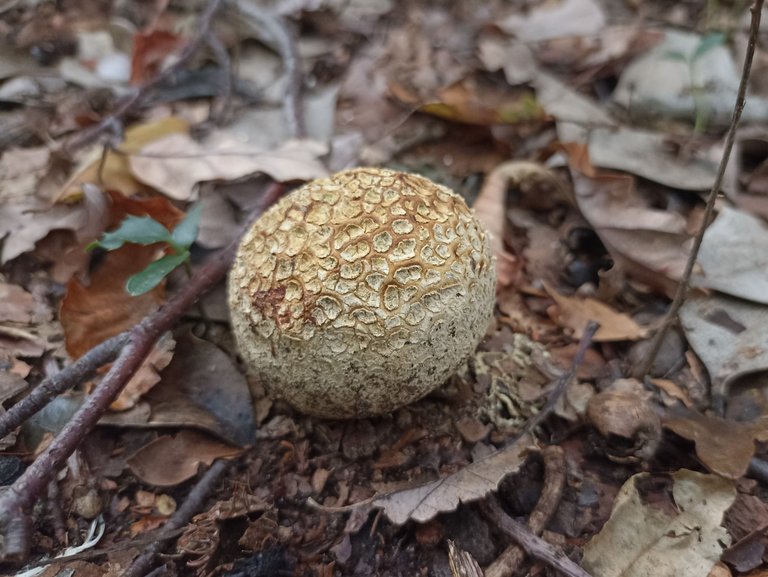
The Scleroderma Citrinum favors forest biotopes and can be found along roadsides and close to bushes and as a saprobiont close to rotten wood.
- Distribution: - Cosmopolitan distribution
- Time of Seasoning: - July to December
- Biotopes: - All kind of forests, along roadsides and bushes
- Ecology: - Saprotrophic nutrition
Appearance of Scleroderma Citrinum
The bodies of the Scleroderma Citrinum have a spherical to ovoid shape. Their colour ranges from straw-yellow to ocher-brown. Thereby, the older the fungi gets, the darker the overall colour becomes. The whole cap is addinionally covered with a dense and irregularly angular warts. As an Earthball fughi it is unstemmed. The bodies usually have a diameter between 5 to 10 cm cm. The outer skin of this fugi is really sturdy and leathery. This is already indicated by its genus name Scleroderma. This name derives from latin language and translates to "hard" & "skin".
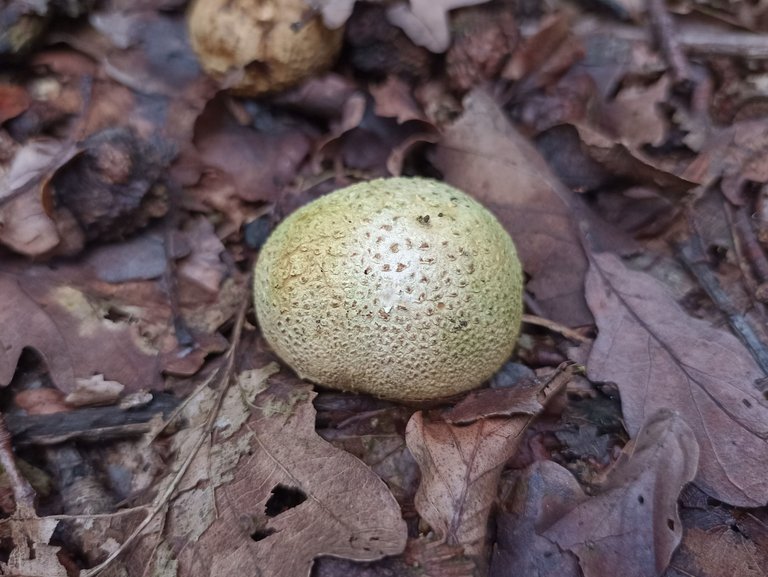
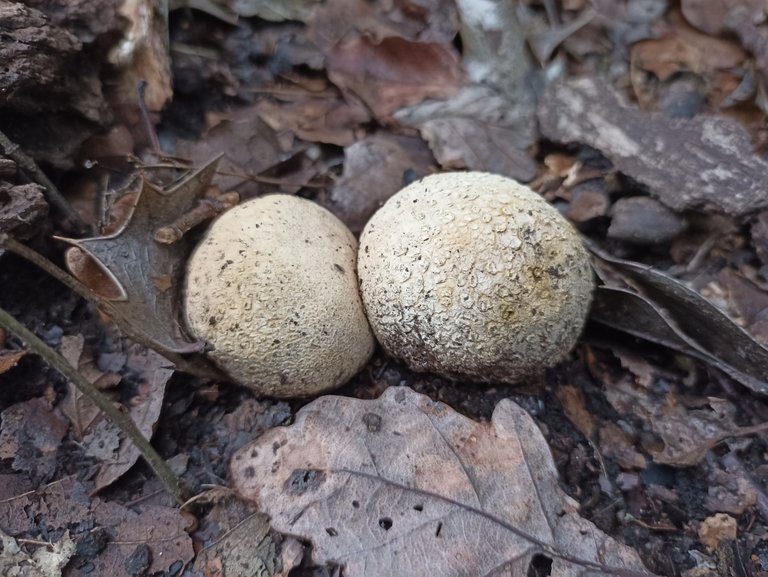
The Scleroderma Citrinum has a spherical to ovoid body in a straw-yellow to ocher-brown color and are covered with irregularly angular warts.
The flesh of the funghi has a grayish black to dark olive brown colour. In case that the earthball breaks opne, it releases a huge cloud of spores into the air with an really awful odor. Also, if they get older, they break open by their own and thus, they can be found in this condition quite often.
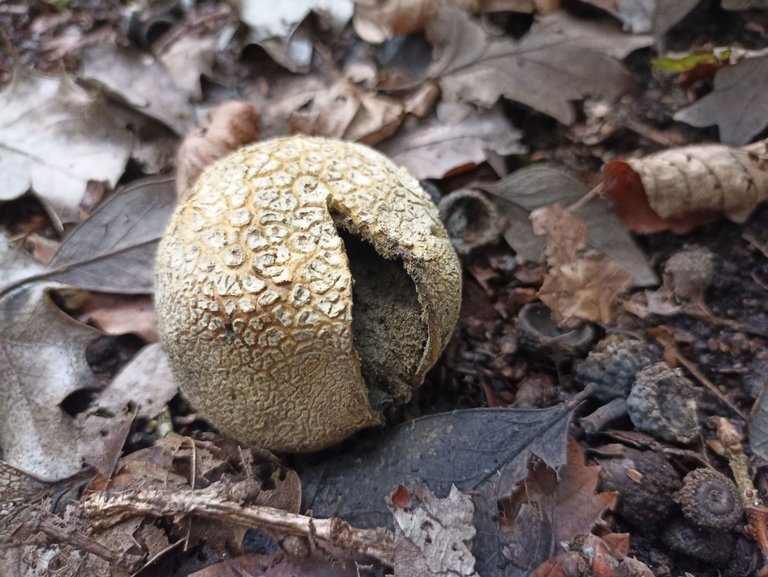
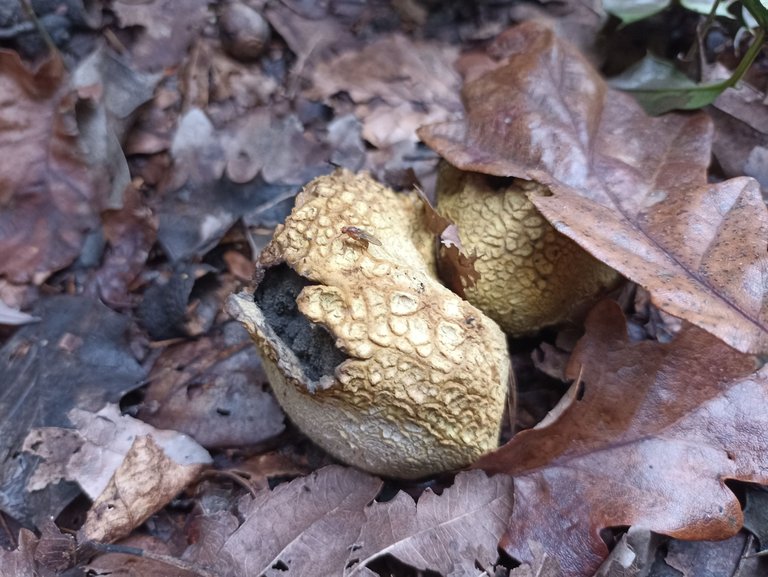
flesh of the funghi has a grayish black to dark olive brown colour and releases its spores upon breaking open.
- Cap Size: - Diameter of 5 to 15 cm
- Cap Shape: - spherical to ovoid with irregularly angular warts
- Cap Color: - Straw-yellow to ocher-brown
- Stem Size: - Unstemmed
- Flesh Colour: - Grayish black to dark olive brown
Edibility of Scleroderma Citrinum
As one may assume, this funghi are not edible. They are causing heavy gastrointestinal disorders. In addition, they may cause severe poisoning accompanied by massive visual disturbances up to temporary blindness. There are also cases observed where people just fainted or fell into a comatose state. It should be also avoided to breath in the spore clouds that are emiited from the fruit bodies in case someone steps on them. Unfortunately many people confuse these fungi with truffles, which is a suboptimal and unhealthy mistake to do, also I assume that these people will find out quite fast after cutting in its bodies as they emmit a really unpleasant odor. These are really no nice fellows out there.
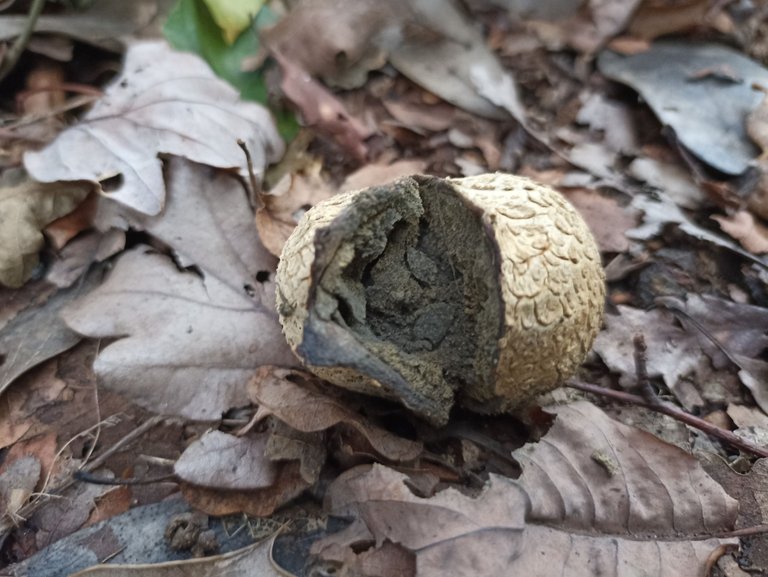
The Scleroderma Citrinum cause gastrointestinal disorders and may lead to severe poisoning accompanied by massive visual disturbances up to temporary blindness.
Date and Location of the Discovery
The Scleroderma Citrinum fungi were found in October 2021 in North Rhine-Westphalia, Germany.
Previous Fungi
All pictures were taken by myself, ©@adalger, with a Xiaomi Redmi Mobile Phone. For information gathering I use the corresponding Wikipedia articles of the Scleroderma Citrinum and the entry from Pilzsuche123, as well as an article of Woodlands.
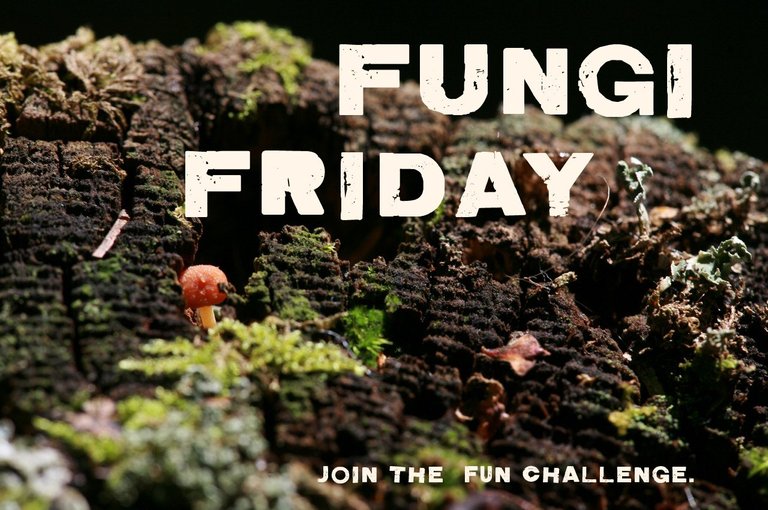 Clickable Banner that redirects to the Community ^^
Clickable Banner that redirects to the Community ^^ Clickable Banner that redirects to the Community ^^
Clickable Banner that redirects to the Community ^^ Clickable Banner that redirects to the Community ^^
Clickable Banner that redirects to the Community ^^
Clickable Banner that redirects to the DNA Discord server, the home of the nature communities on Hive ^^
 Clickable Banner that redirects to the Terminal Discord server ^^
Clickable Banner that redirects to the Terminal Discord server ^^Support @dna.org  |
|---|
If you want to know more about me, just look up my Introduceyourself post or follow my blog ^^
Learn more about @adalger here !

identification is correct (it is an easy specie to get iD, hehe). happy #fungifriday!
Thank you ^^ .. it was really quite easy to identify them 🤗 .. And now I know a lot more about puffballs and earthballs too 😉
Congratulations @adalger! You have completed the following achievement on the Hive blockchain and have been rewarded with new badge(s) :
Your next target is to reach 125000 upvotes.
You can view your badges on your board and compare yourself to others in the Ranking
If you no longer want to receive notifications, reply to this comment with the word
STOPTo support your work, I also upvoted your post!